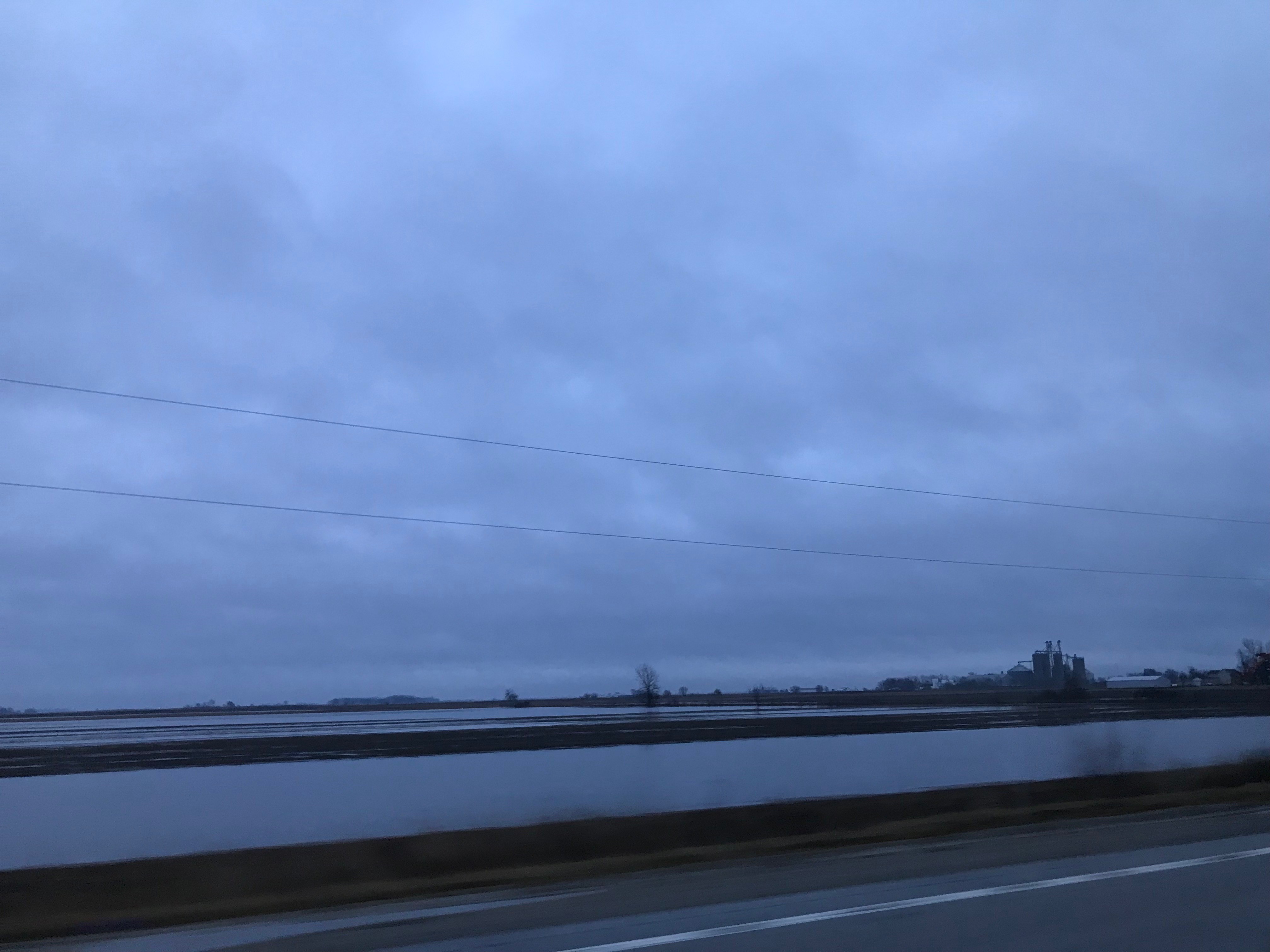What does the word chronic mean?
Here’s two definitions:
“persisting for a long time or constantly recurring”
” long-lasting and difficult to eradicate.”
Here’s a fact: You cannot stop erosion.
Here’s another fact: You can reduce it.
Erosion is like many chronic illnesses such as Diabetes, Asthma, and Arthritis. These are illnesses that are persistent, annoying, and downright dangerous if not dealt with properly. If not properly managed, all of these chronic issues can leave permanent, unfixable conditions. If a diabetic doesn’t constantly manage their lifestyle, their health will certainly degrade, and it’s difficult to come back from that. As with most things, it’s easier to sustain than it is to recover.
Erosion happens every year. Like death, taxes, and arguments about which fast food joint has the best fries, it’s unavoidable. Thankfully, just like estate planning, tax planning, and picking up some fries from McDonald’s (they’re clearly the best!) you can prepare for the inevitable.
So, what’s the worst case scenario? With dying, it’s a sudden and unexpected death. With taxes, it’s being audited. With fast food, it’s your stubborn friend who thinks crinkle cut fries are worthy (they’re not). With farming, it’s this:

Just a few weeks ago here in central Illinois we got pounded with torrential downpours that lasted for days. The topsoil had thawed, but underneath was still frozen solid. This meant that there was nowhere for the water to go, but to run off the top, taking with it our precious topsoil. And just like most chronic illnesses, it isn’t clear when it starts – it’s not an immediate onslaught of symptoms. Things get a little worse over time without you realizing anything, and all of a sudden it’s too late. That’s how erosion works. You can’t physically see the topsoil being taken out of the field with the floodwater. All that’s left once everything dries out is some dirt in the ditch. It’s easy to brush things off when you can’t physically see it.
In this case, you shouldn’t have to see it to believe it.
What can you do to plan for this type of situation? In this case, no certain type of soil tillage will save you. When the ground is frozen, it’s frozen, no matter how much organic matter you have. What will save you? Residue.
In this case, your only hope is to have residue on top of the ground to stop the soil from being carried away by the water. Think of it as a filter, keeping the dirt and letting the water flow through. The thing about residue is that a farmer must be doing either strip-till or no-till to reap those benefits, and cover crops are a huge benefit in this situation as well.
Here’s my argument for strip-till (especially Spring strip-till) when talking about protecting your soil and maximizing yields: Strip-till gives you the benefits of a tilled zone to place the seed, the potential banding of fertilizer, and also guards you from erosion by not only building organic matter and soil health, but leaving residue on the surface of the field.
Why wouldn’t you prepare? Is seeing the nice black dirt after harvest worth losing more of it to erosion? To me, that’s like stripping the dirty clear coat off your car so that it exposes the perfect paint underneath. It may look good for a bit, but now it’s vulnerable. Luckily, a car can get another paint job. Your field isn’t going to get any more topsoil back.